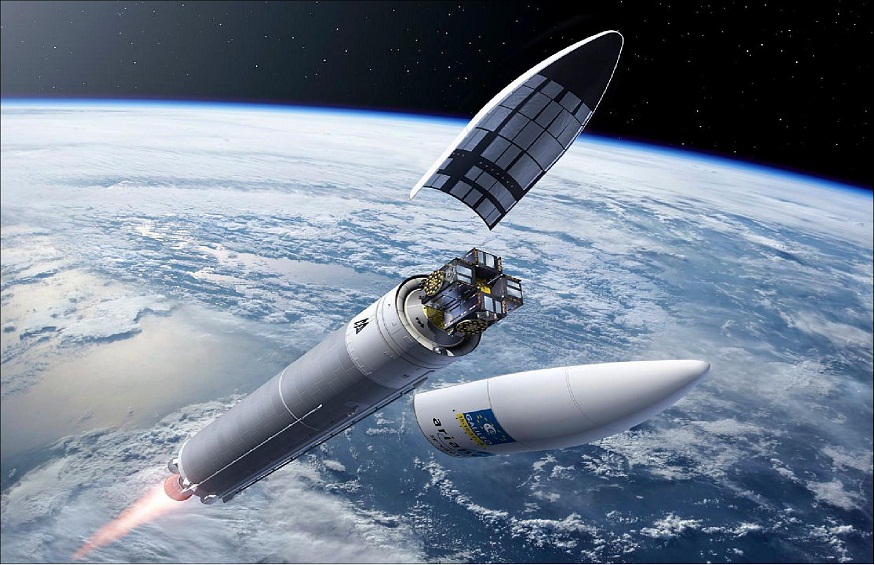3 Factors Shaping the Future of Satellite Design
Satellites were part of early science fiction, but they have a very real application in modern daily life. As technology advances, satellites are also changing in multiple ways. Here are three factors showing the future of satellite design looks bright.
More Work, Fewer Components
As is the trend with all electronic devices, satellite developers are finding ways for satellites to do more work with fewer parts. This change may sound simple, but it involves developing new parts and strategies. For example, radio frequency, or RF, direct sampling is replacing traditional heterodyne systems in new satellite designs. Satellite engineers are approaching this shift to fewer parts that perform more tasks with creative problem-solving and innovative ideas.
Higher Frequencies
The need for satellite communications in many aspects of modern life is increasing. To meet this demand, designers are experimenting with using higher frequencies than in the past. Higher bandwidths are an integral part of today’s dependence on satellite technology for two important reasons.
- They help people send more information in the same amount of time.
- They make it possible to send information much quicker than in the past.
As these systems are developed, engineers must test performance by using advanced directional couplers.
More Efficient Active Electronically Scanned Array Systems
Past models of active electronically scanned array, or AESA, systems were bulky. They were advanced for the time, but technological developments allow engineers to design satellites with smaller and more efficient and reliable AESA systems.
Science Fiction Turned Reality
Modern life has grown to depend on satellite communications in many different ways, from GPS systems on smartphones to reliable internet connections around the world. Satellite design has evolved along with technology to become more efficient, less bulky, and increasingly reliable. Most people do not think about how their electronic devices are powered or why they work, but new satellite designs make modern convenience possible.

